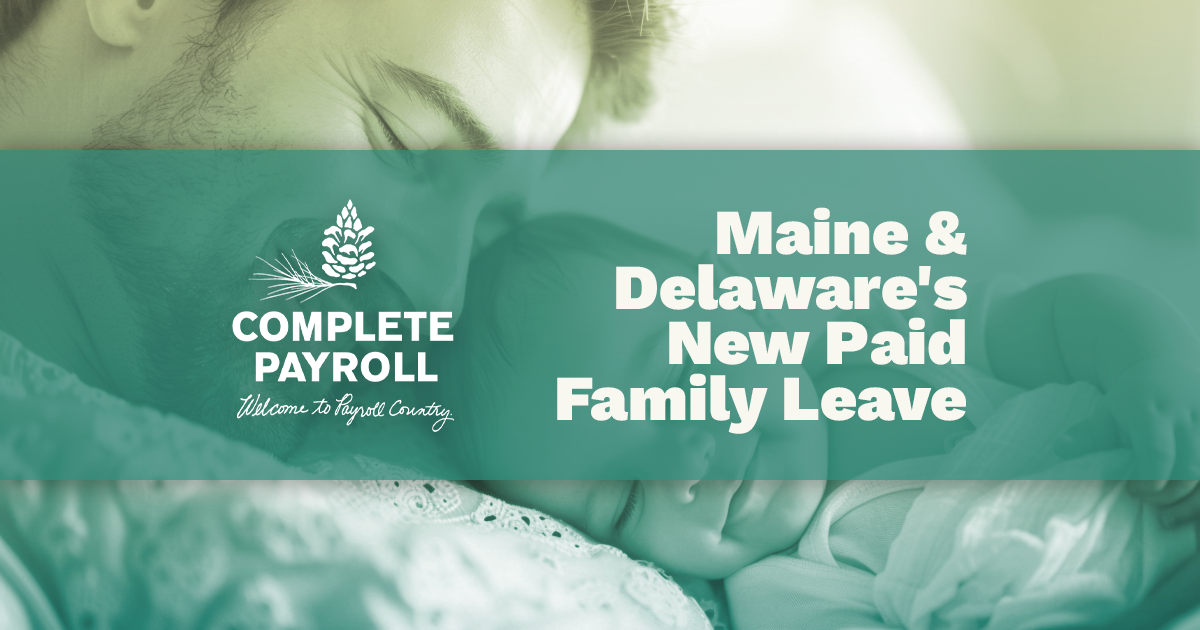The Equal Employment Opportunity Commission (EEOC) requires many employers to file an annual EEO-1 report summarizing employee demographics and job-position data. For multi-establishment companies, this process involves unique complexities. If your company operates out of multiple physical locations, this guide will walk you through everything you need to know about EEO-1 reporting requirements and special situations.
Need assistance with EEO-1 forms? Our payroll experts are here to help—reach out today.
What Is a Multi-Establishment Company?
In the eyes of the EEOC, a multi-establishment company is any organization that conducts business from more than one physical location. This classification determines the type and volume of reports you need to file annually.
- Single-Establishment Companies: Only file a single Type-1 Data Report, which covers all employees at a single location.
- Multi-Establishment Companies: Must file multiple reports, including detailed establishment reports for each physical location with at least one employee.
EEO-1 Report Types for Multi-Establishment Companies
Multi-establishment companies are required to submit a variety of reports, depending on the size and nature of each location. Below are the main report types you’ll encounter:
1. Type-3: Headquarters Report
- What It Covers: Employees at your designated headquarters.
- When to Use It: Every multi-establishment company must file one Type-3 report for its headquarters—the central location where management operates and records are maintained.
2. Type-4: Establishment Report
- What It Covers: Locations with 50 or more employees.
- When to Use It: File a separate Type-4 report for each establishment with at least 50 employees. For example, if your company has three such locations, you’ll need to file three Type-4 reports.
3. Type-6: Establishment List
- What It Covers: Locations with fewer than 50 employees (Option 1).
- When to Use It: If you select this reporting method, include gender, race, ethnicity, and job status data for all employees in your Type-2 Consolidation Report.
4. Type-8: Establishment Report
- What It Covers: Locations with fewer than 50 employees (Option 2).
- When to Use It: This option allows data for smaller locations to auto-populate into your Type-2 Consolidation Report, simplifying the process if you haven’t completed that report yet.
Special Situations in EEO-1 Reporting
Certain employment scenarios may complicate your reporting requirements. Here’s how to address some common challenges:
Client Sites
For employees working at client-owned locations (e.g., carpenters, doctors, plumbers):
- Current Guidance: There is no standardized approach. Employers may either:
- List the client-owned site as an establishment or
- Attach the employee to a permanent company address.
Both methods are acceptable without penalty.
Remote Workers
For employees working remotely:
- Reporting Method: Assign them to the location of their direct supervisor. For example:
- If their supervisor is based at headquarters, include them in the Type-3 Headquarters Report.
- If their supervisor is based at a regional office, include them in that office’s report.
Filing Your EEO-1 Reports: Key Deadlines and Tips
- Who Must File: Private employers with 100+ employees, federal contractors with 50+ employees, or those meeting certain contract thresholds.
- Deadline: EEO-1 reports are typically due by March 31 of the reporting year. However, deadlines may vary—always check the EEOC’s official website for the latest updates.
- Submission Method: All reports must be filed online through the EEOC’s EEO-1 Component 1 Online Filing System.
Simplify Your EEO-1 Reporting
EEO-1 reporting for multi-establishment companies can be complex, especially when dealing with remote employees or client sites. If you’re feeling overwhelmed, let our payroll experts help. From data collection to accurate reporting, we ensure compliance while saving you time and effort.
Contact us today to schedule a consultation!


















 Get Instant Blog Notifications
Get Instant Blog Notifications


